What Storm Drain Adventures Taught Me About CF Treatments
Written by |
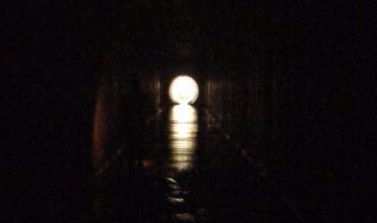
(Photo by Brad Dell)
I have a story for you.
In my teens, I often ditched CF treatments to explore storm drains beneath my Hawaii suburban neighborhood. When entering the concrete tunnels (maybe 15 feet in height and width), they’re so dark it feels like you’re stepping into nothing, a vortex. Many of the drains end with a sheer drop-off of about 20 feet in forested, rocky areas — a cliff that water cascades over when storms strike. My friends and I called these escapades “exploring.” We’d use phone flashlights to scan the graffiti adorning the walls or sometimes we’d simply stand in the black, screaming and singing. No one could hear us, and that was a relished liberty.
Our parents warned that the drains could rapidly flood during storms. “Get caught in that, you’ll be swept out the end and crack your head at the drop-off or drown. No one will hear your screams.” So, we checked the weather reports before going in. But all island residents know not to give Hawaii News Now’s forecast complete confidence.
The Cystic Fibrosis News Today forums are a place to connect with other patients, share tips and talk about the latest research. Join today!
One day, four friends and I pushed deeper into the drains than ever before, determined to reach the end of a tunnel that had gone unexplored. We couldn’t see the dark, gray cumulonimbus clouds gathering. We were a 15-minute walk into a split-off tunnel about 6 feet tall when the waters gushed in.
Ankles wet, hollering above the rush of the black water, we bathed in the teenage euphoria of knowing we were being “real bad.”
“Maybe five more minutes until we hit the end?”
“What’s even at the end?”
“I dunno, maybe a dead end.”
“Well it’s rising slowly, so let’s go for it.”
Two minutes later, we reached the end — an anticlimactic 1-foot-diameter pipe. Within those two minutes, the water crept halfway up our shins. No words were necessary as we squinted into each other’s faces. Flashlights reflected off the “river” and the glittering droplets of water clinging to our eyelashes. We bolted. I never ran so hard, though I’ve run much faster. The river slogged us down, every fiber of our jeans collecting liters of heavy water. As if some cruel joke by fate, our phone screens died one by one. Darkness swallowed us and I could hardly hear my ragged CF breathing above water slamming into concrete.
The river rushed quicker, higher, its current ripping at studded belts and Converse shoe strings. I worried less about drowning and more about my parents resurrecting me and then killing me a second time for hanging in those drains. At one point, we tried clinging to wall rungs and popping open a storm drain manhole so that we could climb out onto the street above. The Teenage Mutant Ninja Turtles make it seem easier than it is. We desperately shrieked while mini-waterfalls poured through the manhole. As our parents predicted, no one could hear us.
The universe knew we’d learned our lesson, and the rushing river dwindled to a steady stream by the time we reached the drain’s entrance 20 minutes later, soaked but undrowned.
We shouldn’t have kept stepping into the darkness while in such a precarious situation. We should have known the water would rise as quickly as it did — so many people warned us.
What does this have to do with cystic fibrosis?
If you’re a teen, I want you to talk to an older, “unhealthy” CF patient. Ask them what they regret most about their care. Many will tell you they wish they hadn’t relaxed their disease management or started skipping treatments. They wish they’d listened when doctors warned that CF can strike rapidly and flood airways with bacteria and mucus. They wish they didn’t always treat CF like the slow disease it was when they were younger. They might say that each skipped treatment brought them deeper and deeper into a dark place and yet they didn’t realize the danger until they’d nearly drowned. That deaf ears were turned on them when they begged for help because they’d “run out of treatment options.”
I’m one of those people. I thought a little lost lung function here and there was inconsequential, and that if I felt OK after skipping treatments, that meant I didn’t need them. I kept going deeper and deeper into my disease, steadily acclimating to lost breathing abilities, not realizing how bad my disease had gotten until doctors said I needed a transplant because an infection struck out of nowhere and suffocated my lungs. I lay in my hospital bed and howled, cursing Brad for not taking better care of himself. Skipping treatments to hang with his friends wasn’t worth it because there was a good chance he could never hang with his friends again.
I have my second chance, thanks to a lung transplant. The universe decided I’d learned my lesson. It’s my responsibility to share that lesson with you. Please, learn from those unhealthier and older than you. This is a marathon, and marathons require endurance and countless tiny steps to reach a big goal. Take care of yourself and do your treatments, every day.
***
Note: Cystic Fibrosis News Today is strictly a news and information website about the disease. It does not provide medical advice, diagnosis, or treatment. This content is not intended to be a substitute for professional medical advice, diagnosis, or treatment. Always seek the advice of your physician or other qualified health provider with any questions you may have regarding a medical condition. Never disregard professional medical advice or delay in seeking it because of something you have read on this website. The opinions expressed in this column are not those of Cystic Fibrosis News Today, or its parent company, Bionews Services, and are intended to spark discussion about issues pertaining to cystic fibrosis.



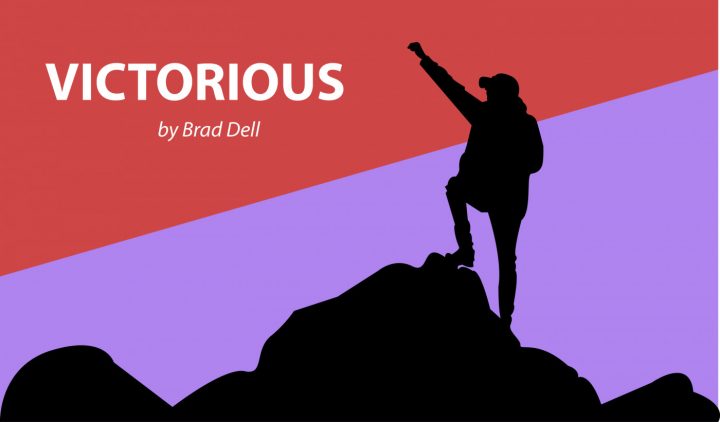

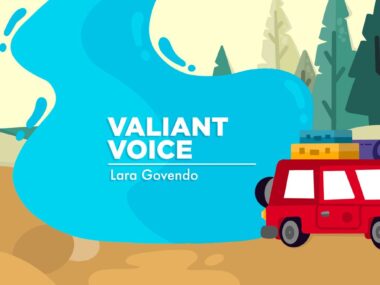
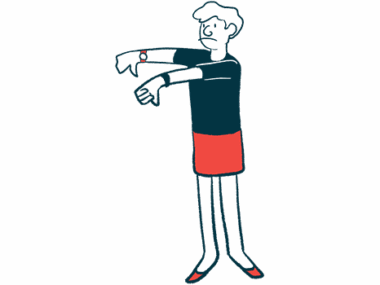
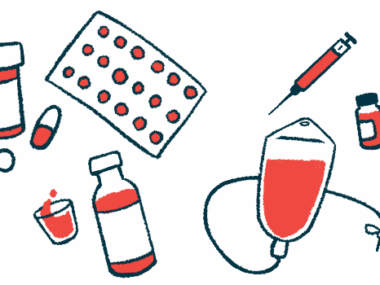
Leave a comment
Fill in the required fields to post. Your email address will not be published.